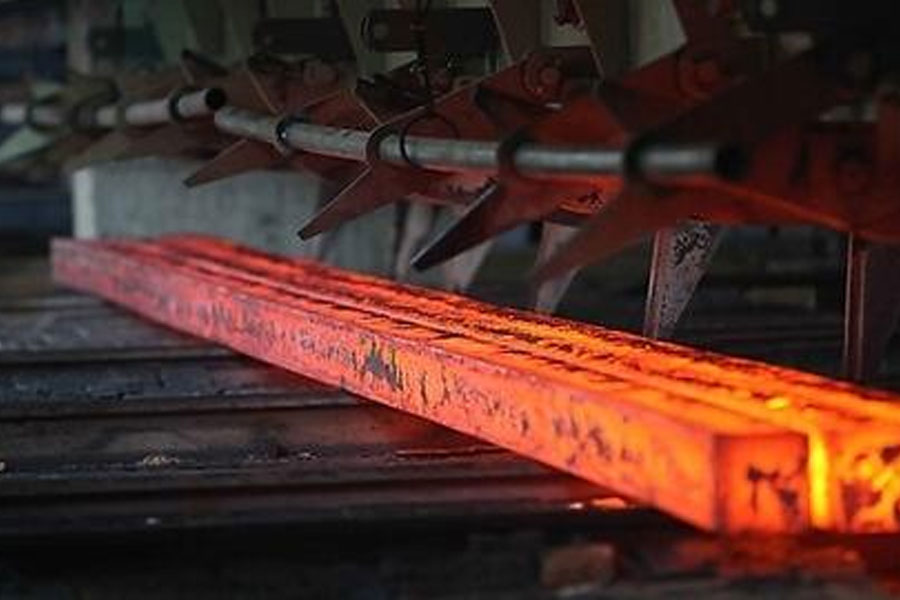Blanking, bending, stretching, different processes have different requirements for the plate, and the selection of materials should also consider the choice of the plate according to the general shape of the product and the processing technology.
- 1. Blanking requires that the plate should have enough plasticity to ensure that the plate does not crack during punching. Soft materials have good punching performance. After punching, parts with smooth sections and small inclination can be obtained; hard materials are of poor quality after punching and have large section unevenness, which is especially serious for thick plates. For brittle materials, tearing is easy to occur after punching, especially when the width is small.
- 2. The plate that needs to be bent and formed should have sufficient plasticity and a lower yield limit. Sheets with high plasticity are not easy to crack when bent. Sheets with lower yield limit and lower modulus of elasticity have small springback deformation after bending, and it is easy to obtain a curved shape with accurate dimensions. The brittle material must have a larger relative bending radius when bending, otherwise it is easy to crack during the bending process.
- 3. Sheet metal drawing, especially deep drawing, is one of the more difficult sheet metal processing techniques. Not only the drawing depth is required to be as small as possible, the shape is as simple as possible, and the transition is smooth, but also the material has better plasticity. , Otherwise it is very easy to cause the overall distortion of the parts, partial wrinkles, and even the stretched parts to break.

Leave a Reply